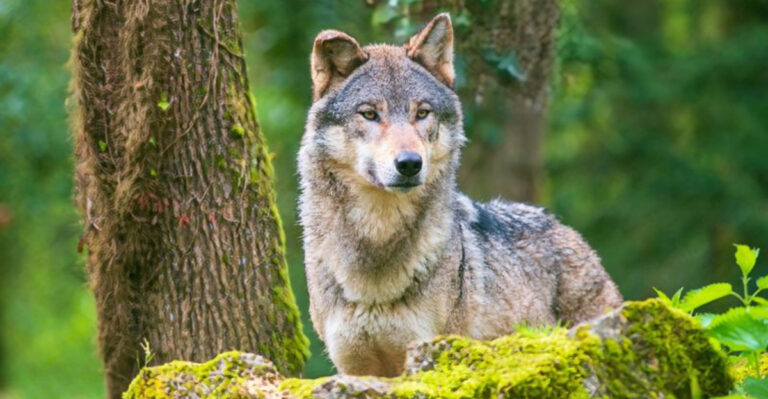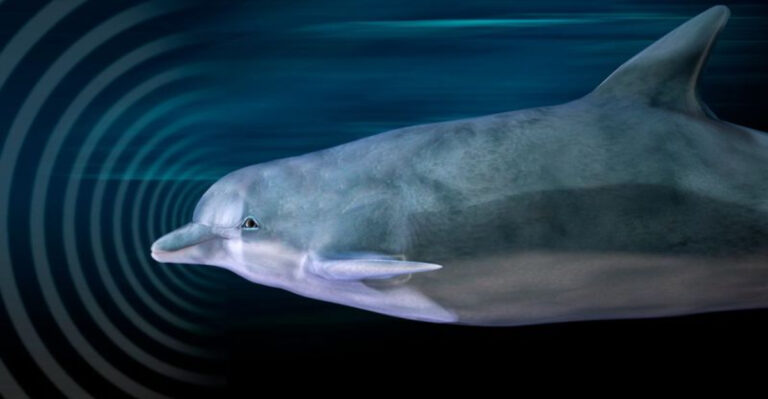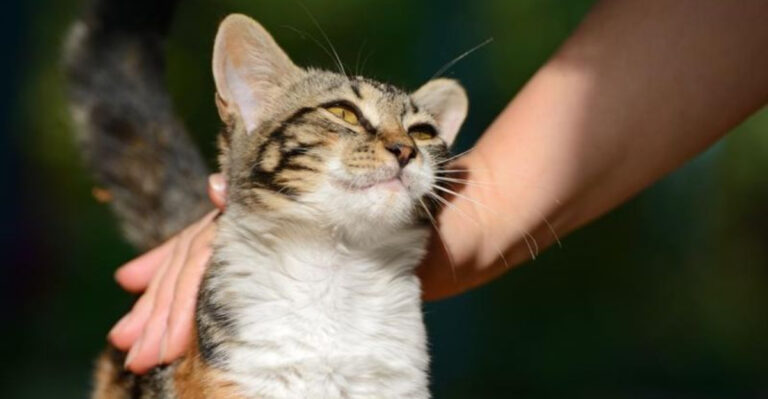The Amazing Migration Habits Of Monarch Butterflies
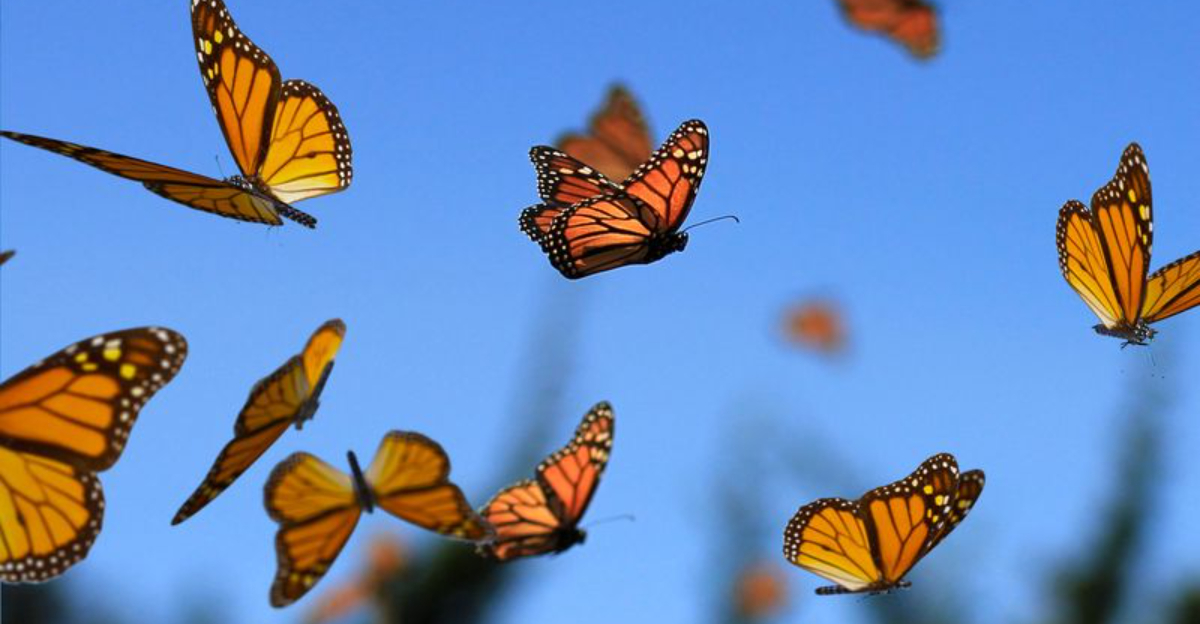
Monarch butterflies are renowned for their incredible migration journey, traveling thousands of miles across North America to reach warmer climates.
This remarkable feat, involving precise navigation and endurance, has fascinated scientists and nature enthusiasts alike.
In this article, we’ll explore the amazing migration habits of monarch butterflies, uncovering the mysteries behind their long-distance travels and the challenges they face along the way.
The Epic Journey Begins
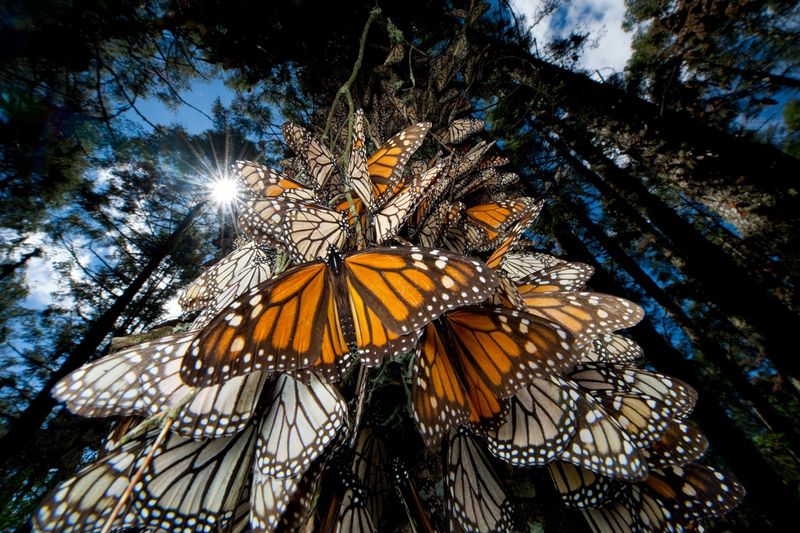
Monarch butterflies kick off their epic migration from Canada, embarking on a journey that spans over 3,000 miles.
These delicate creatures travel all the way to the warm embrace of Mexico. Along the way, they face challenges like weather changes and predators but continue with unwavering determination.
Generational Relay Race
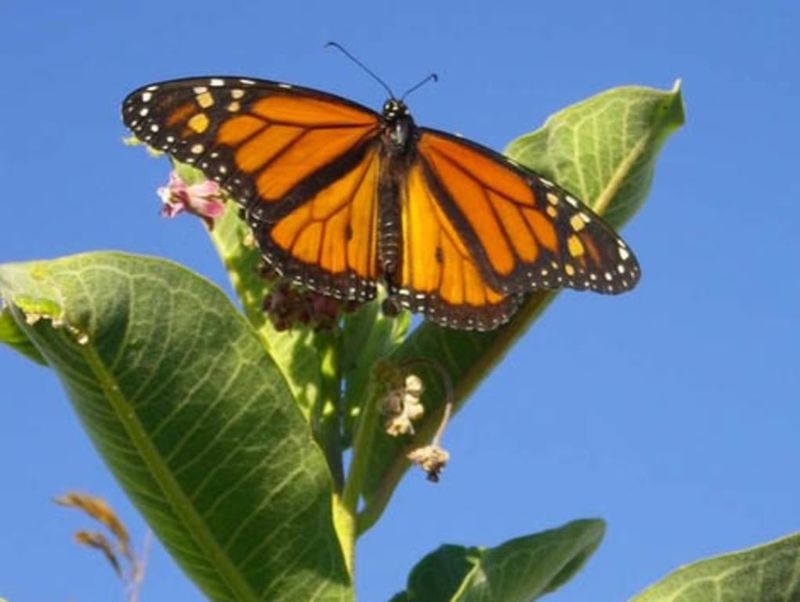
It’s not one butterfly doing the whole trek. Monarchs pass the baton through generations.
Several generations are born and pass away during the migration cycle, with each new group picking up where the last left off. It’s a relay race through time and space. This generational handoff ensures that the species survives the long journey year after year.
Magical Internal Compass
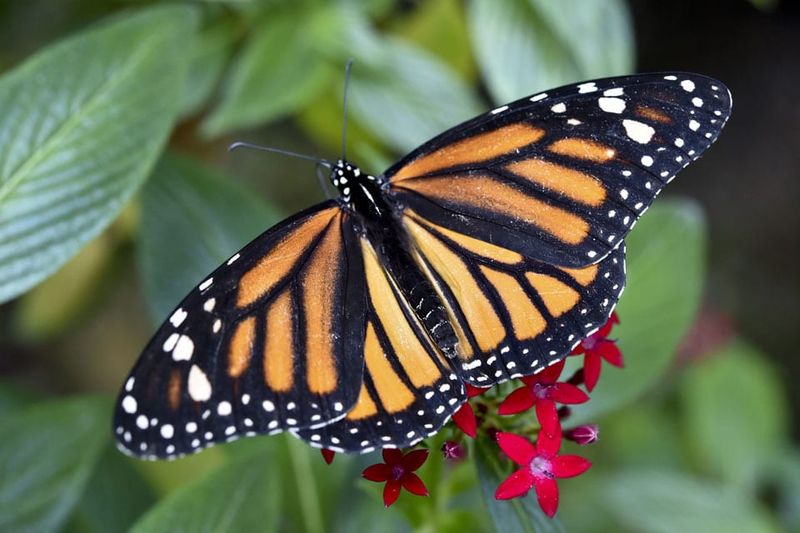
Ever heard of an insect with a built-in GPS? Monarchs navigate using an internal compass that relies on the sun’s position.
This celestial navigation helps them stay on course even when the weather is less than perfect. The compass mechanism is still not entirely understood by scientists, making it a magical mystery of the natural world.
Butterfly Highway In The Sky
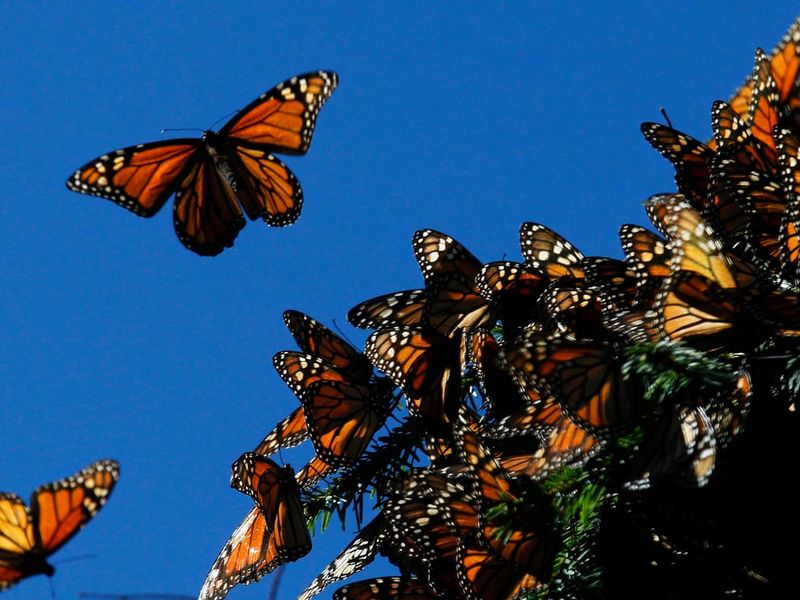
Imagine a highway bustling with butterflies overhead. Monarchs travel along specific routes, creating aerial pathways visible to the keen observer.
These ‘butterfly highways’ are critical for their success. Conservation efforts focus on preserving these routes to ensure the monarch’s journey is as smooth as possible.
Fueling Up On Nectar
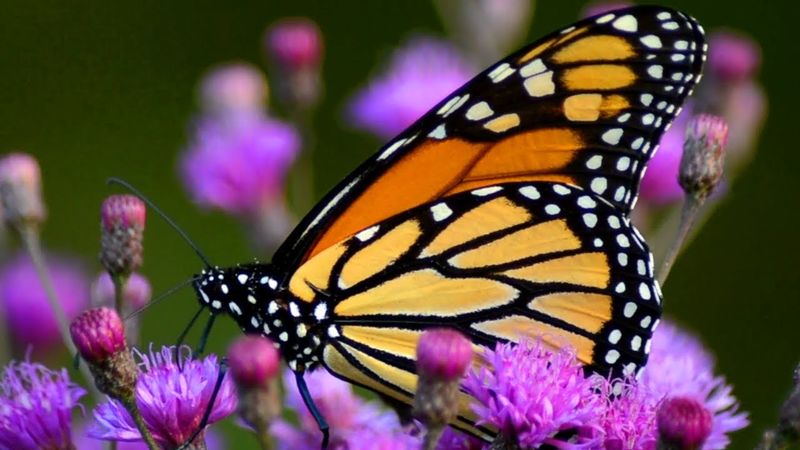
Just like cars need fuel, monarchs need nectar. They stop at various flowers to refuel during their long journey.
This pit stop is essential for maintaining their energy levels. Nectar-rich plants along the migration path are crucial, acting as rest stations.
The Great Mexican Gathering
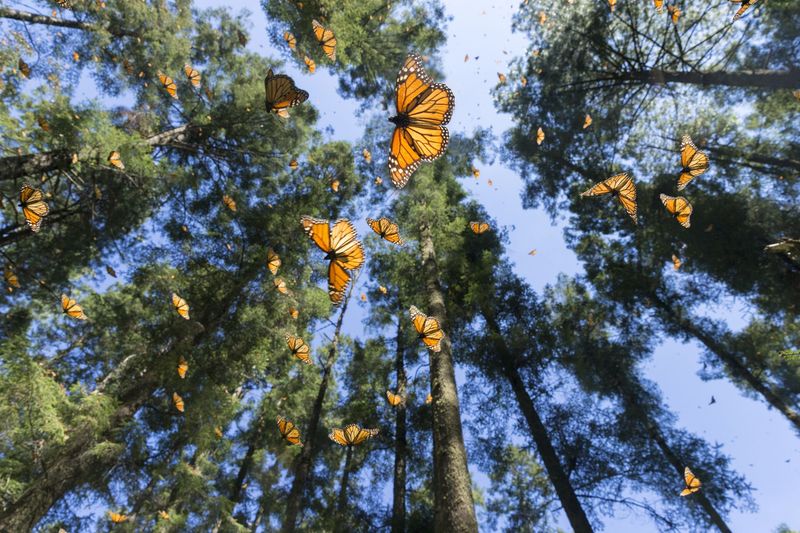
Once the migration ends, monarchs gather in specific Mexican forests. These meeting spots become vibrant with millions of butterflies.
It’s a sight that transforms the forest into a sea of orange and black.This congregation is not only stunning but also essential for mating.
Mimicking Monarchs

Imitation is the sincerest form of flattery. Viceroy butterflies mimic monarchs to deter predators, leveraging the monarch’s toxic reputation.
The resemblance is uncanny, making it hard for predators to tell them apart. It’s a survival strategy that benefits both species in the long run.
The Milkweed Connection
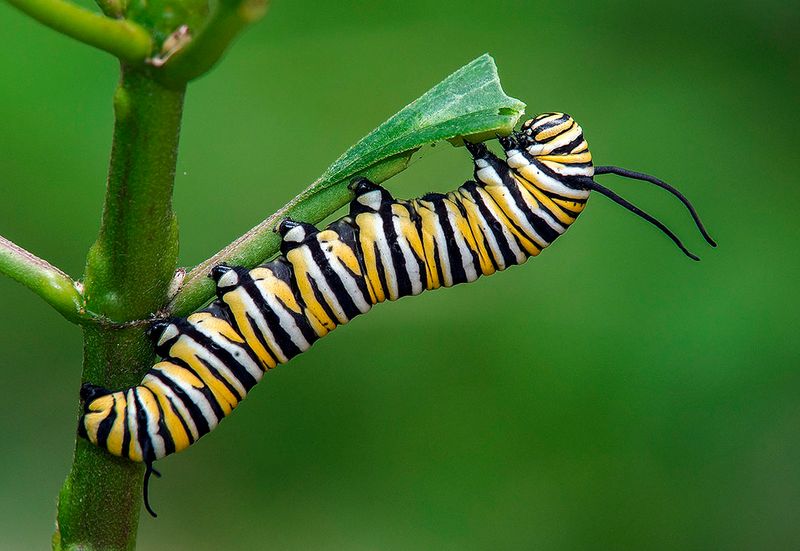
Milkweed is to monarchs what bread is to butter. Monarch caterpillars feed exclusively on milkweed, which makes them toxic to many predators.
The decline in milkweed plants poses a threat to monarch populations. Conservationists are working to restore these vital plants to support the butterflies.
Caterpillar To Butterfly Transformation
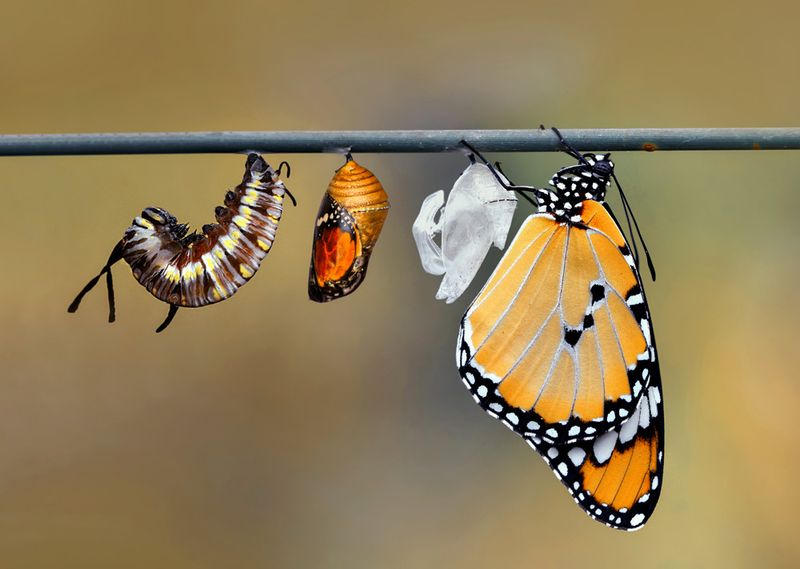
The transformation from caterpillar to butterfly is nothing short of magical. Monarchs undergo a metamorphosis that turns a crawling caterpillar into a flying butterfly.
This process captivates anyone lucky enough to witness it. The metamorphosis is a reminder of nature’s wonders and the incredible adaptations that allow monarchs to embark on their epic journeys.
Invisible Enemies: Parasites
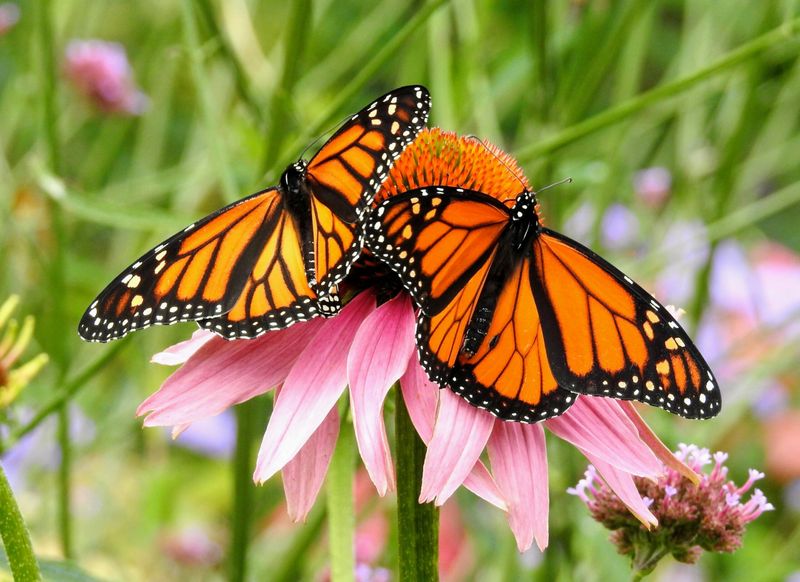
Not all threats are visible. Monarchs face danger from parasites that can hinder their migration. These microscopic foes affect the health and stamina of the butterflies.
Research into parasite impacts helps conservationists develop strategies to protect monarch populations. It’s a battle against invisible enemies that requires constant vigilance.
Rest Stops: Essential Waystations
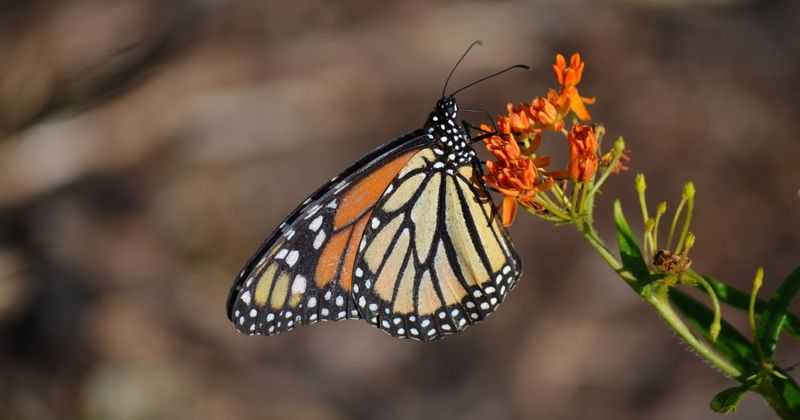
Monarchs need rest stops just like we do on a long road trip. These waystations are crucial for feeding, resting, and reproducing.
Conservation initiatives often focus on creating and preserving these habitats. Without them, the butterflies would find it challenging to complete their arduous journey.
Toxic Defense Mechanism
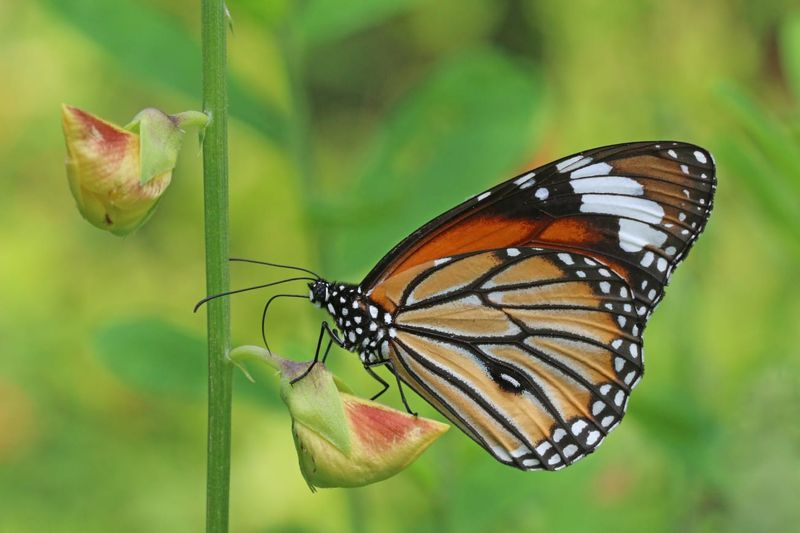
Monarchs have a clever defense mechanism: they’re toxic to predators. Their bright colors serve as a warning sign.
Eating a monarch can make predators sick. This defense strategy protects them during migration, allowing them to travel with less fear of being eaten.
The Role Of Temperature
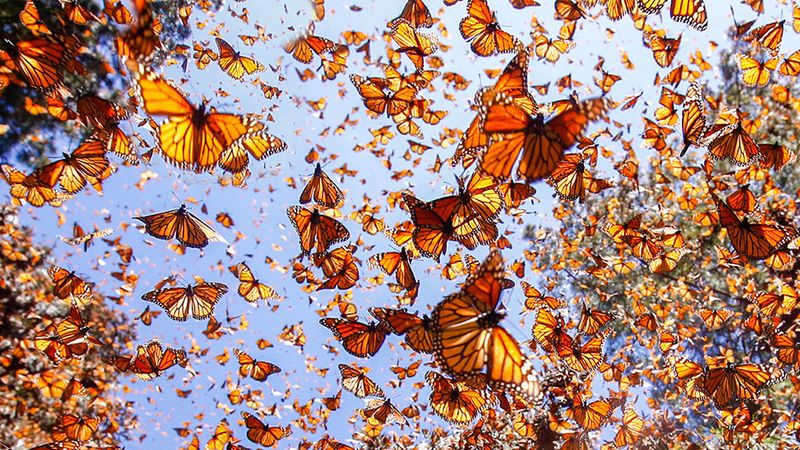
Temperature plays a huge role in monarch migration. These butterflies are sensitive to temperature changes that dictate their migratory patterns.
Warmer temperatures can hasten their journey, while cooler ones may delay it. Climate change poses a challenge as it disrupts these finely tuned migrations, impacting their survival and reproductive success.
Monarch Monitoring Efforts
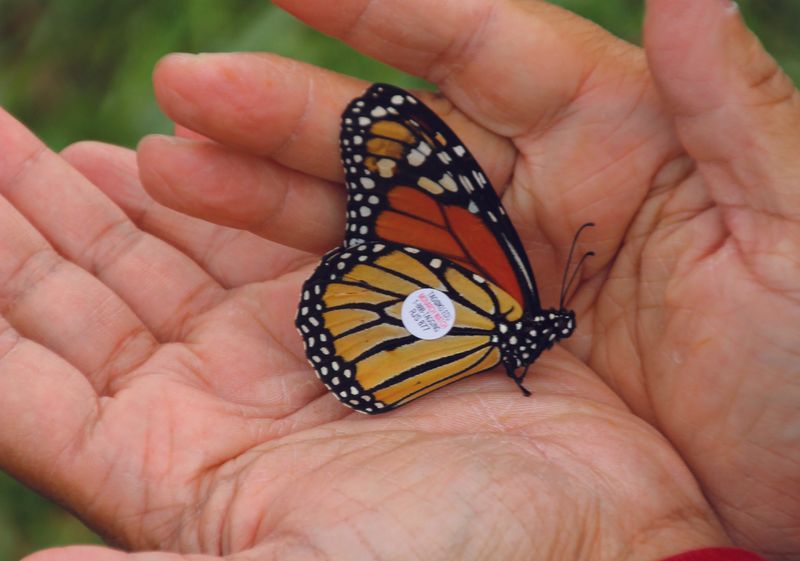
Tracking monarchs isn’t an easy task. Scientists use tags to monitor their migration and study patterns. These efforts help in understanding the challenges monarchs face.
Public involvement in tagging programs boosts awareness. It’s a collaborative effort to safeguard these iconic travelers.
Cultural Significance
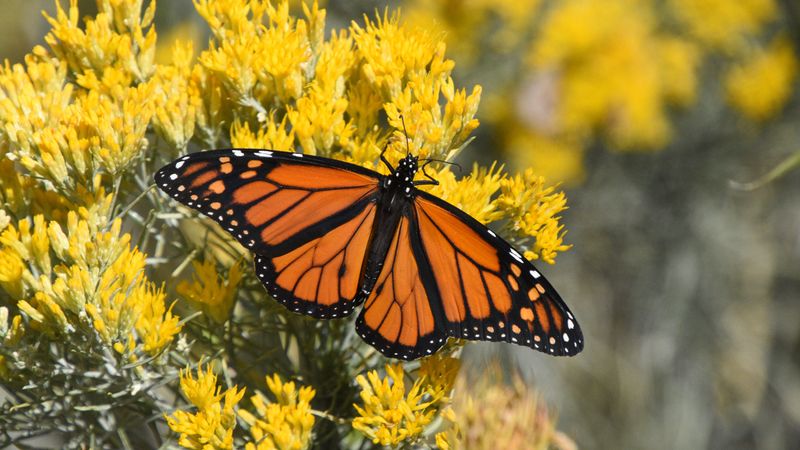
Monarch butterflies hold a special place in many cultures. This cultural significance underscores the importance of preserving these butterflies.
They’re not just insects; they’re a living connection to traditions and beliefs, fluttering through time and memory.
The Role Of The Sun: Nature’s Guide

Guided by the sun, monarch butterflies navigate their way through thousands of miles. The sun acts as a natural compass, assisting these butterflies in maintaining a consistent direction. It’s fascinating to observe how even on cloudy days, the internal clock of a monarch helps it estimate the position of the sun.
Without this innate skill, many would lose their way. With precision and grace, monarchs dance through the skies, always in tune with the sun’s guidance. This ancient method remains a mystery to many, yet is vital for their survival.
Environmental Challenges: Battling The Elements
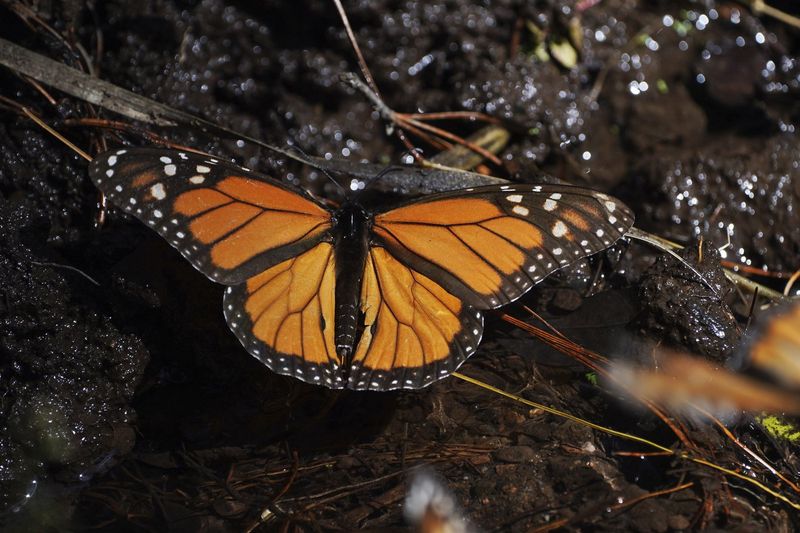
Facing the elements is no small feat for the fragile monarch butterfly. These determined travelers must endure storms, wind, and varying temperatures on their long migration. Their resilience in the face of such adversity is a testament to their enduring spirit and adaptability.
While some butterflies may succumb to these harsh conditions, many emerge victorious, having successfully navigated nature’s hurdles. Each challenge strengthens their resolve, making the survivors more adept for future journeys.
This constant battle with nature shapes the monarch’s journey, turning it into a true odyssey of survival and tenacity.

